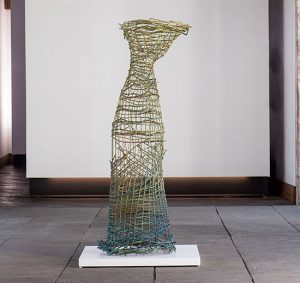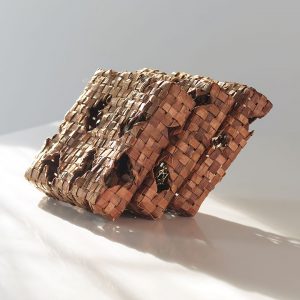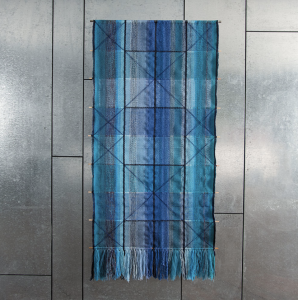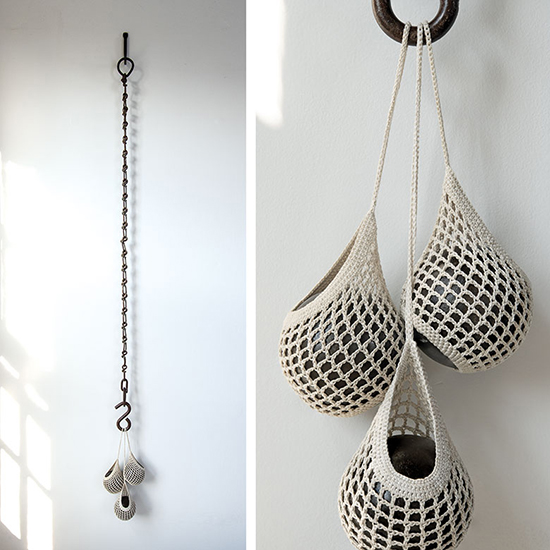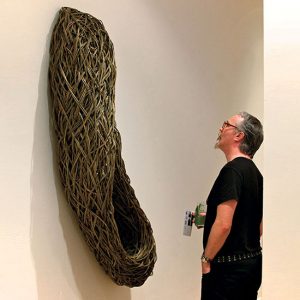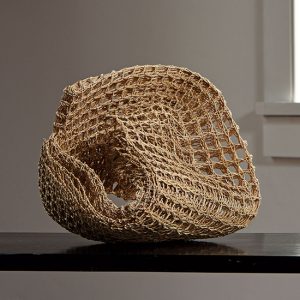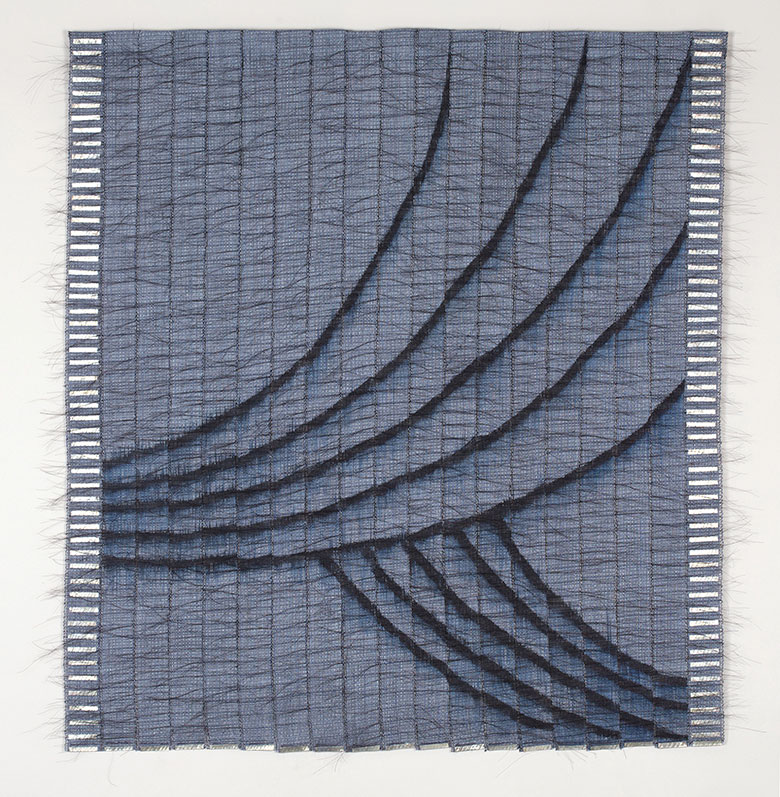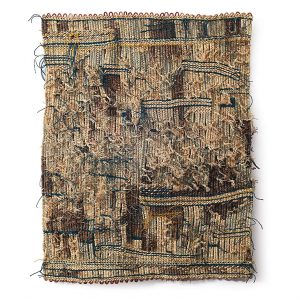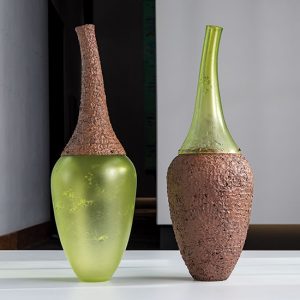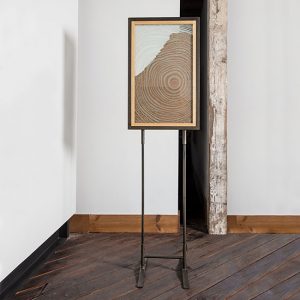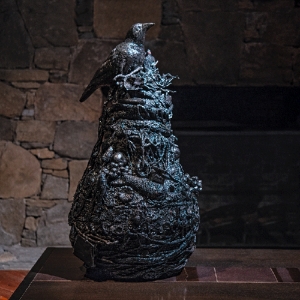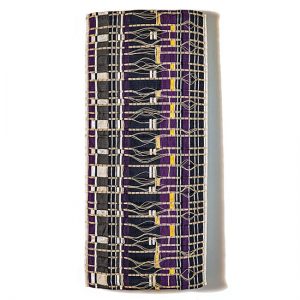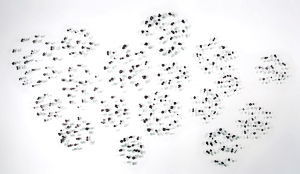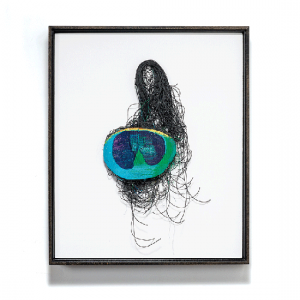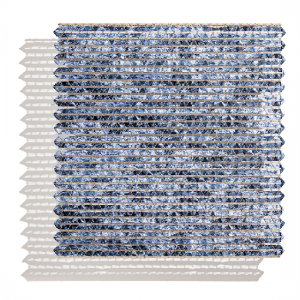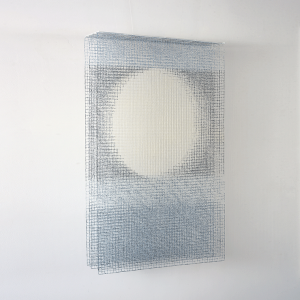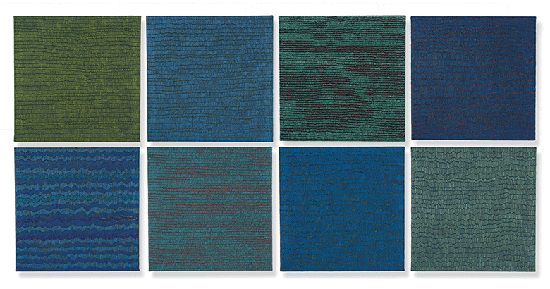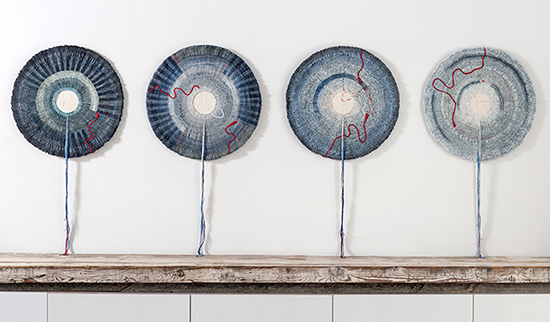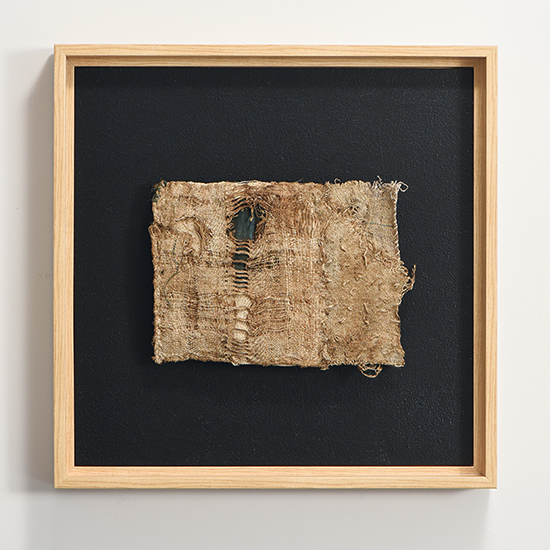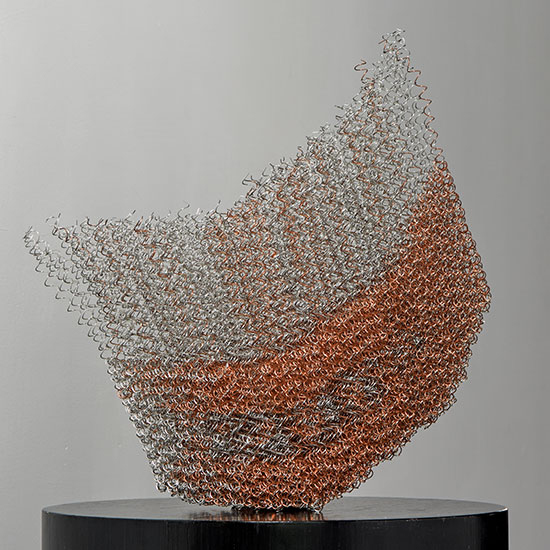We started off the month of March with a beautiful willow sculpture by Dawn MacNutt. Like many of Macnutt’s pieces, Shades of Green is an interpretation of universal human form. In creating her work, MacNutt draws inspiration from ancient human forms that were present in ancient times, as well as humans and emotions in the present.
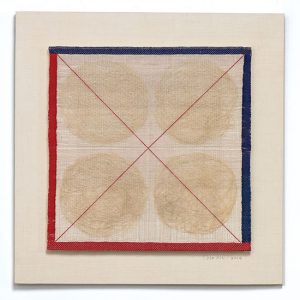
For the second week of March, we broke the status quo and shared a walkthrough of our online Artsy exhibition An Unexpected Approach: Exploring Contemporary Asian Art. The video, which can be viewed on our Instagram, Facebook or YouTube channel, presents viewers from all over the world an opportunity to see an assortment of astonishing Asian-inspired art. If you are curious about a piece in the video walkthrough make sure to check out the exhibition Artsy page
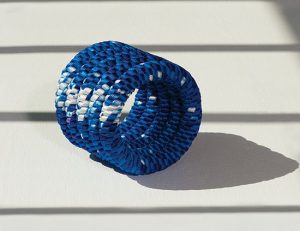
Next up on the queue was Shin Young-Ok’s
To finish off March we shared Water is Eternity, a woven and braided nylon sculpture by artist Keiji Nio. Nio creates sculptures wi

